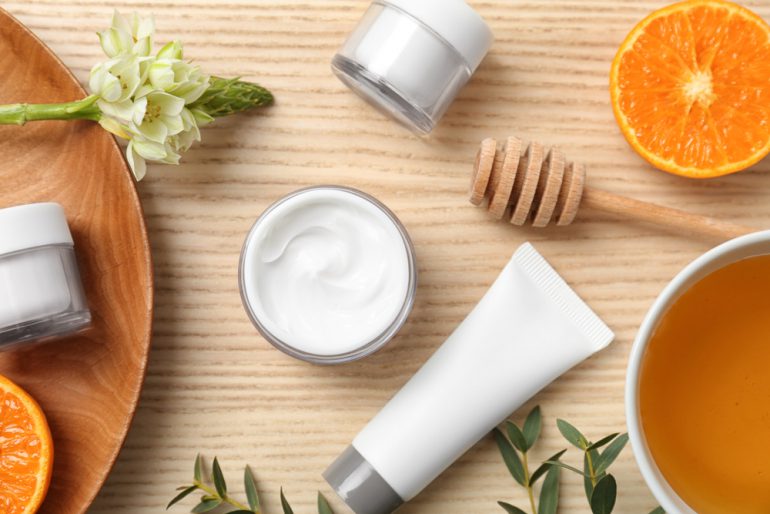Stores focused on health and beauty, which are similar to drug stores in the United States and offer a wide variety of brands for sale, are changing the landscape of the cosmetics industry, and K-beauty brands are the biggest beneficiaries.
SEE ALSO : 7-Eleven Korea is becoming a cosmetics channel
In Novemeber, Estee Lauder bought Korean beauty company Have & Be for 1.3 trillion won (US$11 billion), taking the market by surprise. The takeover was the first time Estee Lauder added an Asian cosmetics brand to its portfolio.
Last April, French personal care company L’Oreal completed the acquisition of one of Korea’s leading fashion and makeup brands Nanda, acquiring 100 percent of shares at 600 billion won. Though Nanda started as a fashion company, its focus shifted to cosmetics when sales of its own brand 3 Concept Eyes spiked in the Chinese market.
Carver Korea, which operates cosmetics brand AHC, was also acquired by global cosmetics company Unilever in 2017 which owns well-known brands such as Dove and Vaseline.
The growth of Korean cosmetics brands has been propelled by health and beauty stores.
After such stores emerged as a platform to introduce new cosmetics products, the competitiveness of relatively unknown brands shot up. Small- and medium-sized cosmetics brands, which previously lacked retail network compared to mega-brands owned by big companies, can now compete in the same playing field.
Sales of Korean cosmetics in the retail market stood at 5.6 trillion won as of 2018 with health and beauty stores accounting for 2.4 trillion won or 43 percent of the sales.
In the case of Olive Young, which commands a 75 percent market share of the Korean health and beauty store market by operating 1,233 retail stores, 80 percent of products on the shelves belong to small- and medium-sized brands and start-ups.
Olive Young has made relentless efforts to grow new brands by emphasizing the slogan “less money, more beauty.” It is a win-win game. If a new brand gains popularity with the help of health and beauty stores, that brand can bring enormous profits in return.
Of the top 10 products that recorded the highest sales in health and beauty stores in the first half of this year, three belonged to small- and medium-sized brands. For Olive Young, seven items were from small- and medium-sized brands. For LOHB’s and lalavla, which both operate 150 retails stores, nine and five items on the top 10 list respectively were from small- and medium-sized brands.
“It is not an overstatement that health and beauty stores are behind the exponential growth of small- and medium-sized brands such as Dr. Jart+, Medihill and Too Cool For School, which are driving the K-beauty fever,” said an official from Olive Young.
As small- and medium-sized brands become more important, health and beauty companies are focusing on building partnerships.
CJ Olive Young launched a beauty convention event “2019 Olive Young Awards & Festa” at S-Factory in Seongsu-dong, eastern Seoul, from 29th November to 30th. The event was open to normal customers, but the spotlight was on small- and medium-sized K-beauty brands.
During the event, the 92 best-sellers from 23 categories handpicked by analyzing 100 million purchases were revealed, half of which were from domestic small- and medium-sized cosmetics companies.
LOHB awarded cosmetics brands that stood out most this year on 15th November and promised joint growth with partner companies. The event has been held since 2017 to bolster relationships with partner companies. On the day of the event, 23 companies were awarded in nine categories.
SEE ALSO : Korea aims at becoming third-largest cosmetics exporter by 2020
Lalavla, operated by GS Retail, is working hard to grow small- and medium-sized brands and start-ups. Last January, lalavla launched a program “Together! Together!” to find and grow start-ups with a competitive edge in the global health and beauty market.
(Source: Korea JoongAng Daily)




